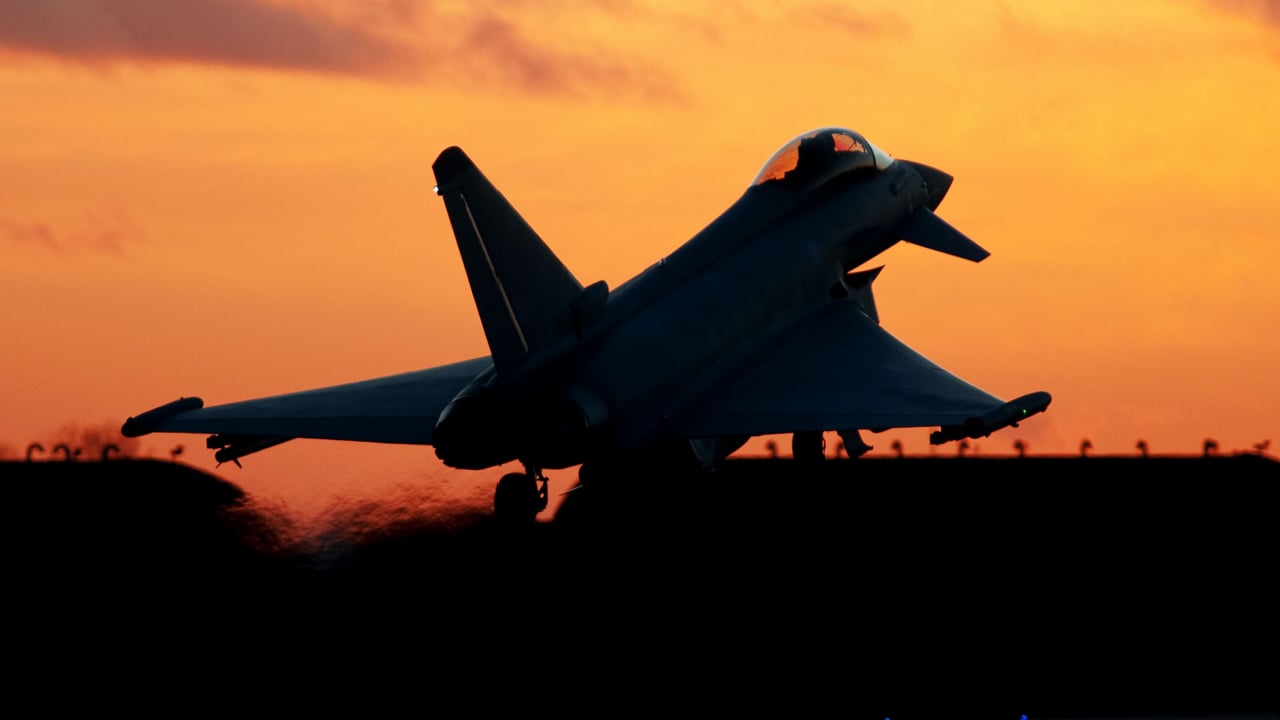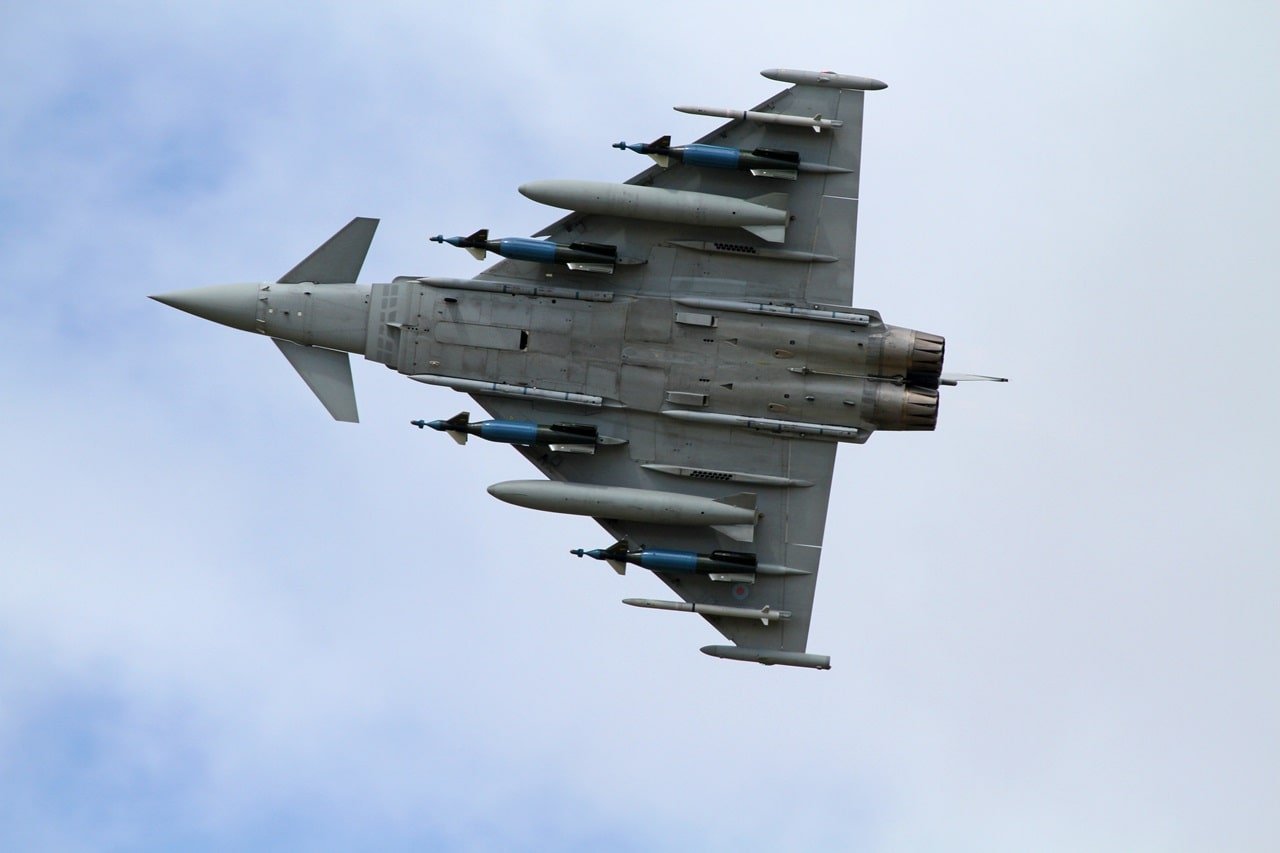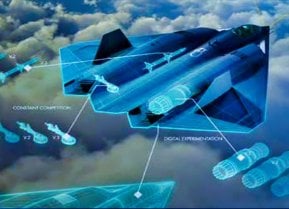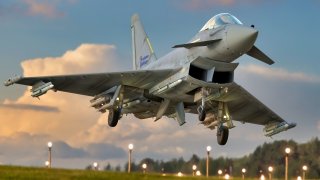Germany Purchased Thousands of Brimstone 3 Missiles for Eurofighter
Germany's parliament approved acquiring 3,266 Brimstone 3 air-to-surface missiles for the Luftwaffe's Eurofighter fleet, the first batch costing 376 million euros.
Summary and Key Points: Germany's parliament approved acquiring 3,266 Brimstone 3 air-to-surface missiles for the Luftwaffe's Eurofighter fleet, the first batch costing 376 million euros.

-The Brimstone 3, already used by the UK's RAF, provides significant standoff capability and precise targeting of moving and stationary ground targets.
-This acquisition is part of broader efforts to enhance the capabilities of Germany's Eurofighter fleet, which currently has 138 aircraft with 20 more on order.
Luftwaffe's Eurofighter Fleet to Receive Brimstone 3 Missiles
Those who know their Biblical verses are likely familiar with Genesis 19, which describes God destroyed the sinful cities of Sodom and Gomorrah in a rain of fire and brimstone.
Today, the fittingly-named Brimstone missile essentially offers the near god-like ability to rain down similar destruction on a target. The ordnance can be employed on a variety of aircraft, as well as on land and maritime platforms. It has been "combat proven" on the Eurofighter Typhoon and has been employed with the multirole fighter in operations in Afghanistan, Iraq, Libya, and Syria.
Last week, Germany's federal parliament announced the approval for the acquisition of the Brimstone 3 air-to-surface missile for the Luftwaffe's Eurofighter fleet. Berlin green-lit the planned purchase of 3,266 missiles from MBDA, including a 376 million euro ($402 million) contract for the first batch of 378 missiles. Of those missiles, 274 units will be retained for operational use, while 29 will be employed in testing, and another 75 used for training purposes, The Defense Post first reported.
The German military will receive that first batch of Brimstone 3 ASMs beginning in 2028, and as part of the contract, it will receive pylons for weapon suspension, auxiliary, and diagnostic equipment. MBDA will also provide support for the missiles including training materials and toolkits.

The Brimstone 3 has already been employed by the UK's Royal Air Force (RAF) on its Eurofighters, but this will mark the first time that Germany's Luftwaffe will employ the air-to-surface missiles.
Enhancing the Eurofighter
The Brimstone 3 can be carried on fighter aircraft via triple racks to maximize its combat load. The air-to-surface missile has a range of 60 km (37 miles) from launch point, providing aircraft including the Eurofighter Typhoon with significant standoff capability.
The missiles are further equipped with a dual-mode guidance system that enables the warhead to autonomously track and engage moving targets, including in adverse weather conditions. It has earned distinction for its ability to eliminate armored vehicles and other small ground targets with a high level of precision.
The Brimstone 3 "fire-and-forget" mode also enables pilots or other operators to engage multiple targets without the need to divert attention from other potential threats or mission objectives. According to ArmyRecognition.com, the Brimstone can also allow the Eurofighter to target and engage stationary as well as moving ground and surface targets.

Germany has begun to institute a number of efforts to increase the capabilities of its Eurofighter aircraft, which currently consists of 138 aircraft, while Berlin has an additional 20 on order. Upgrades to the multirole fighter include the integration of Saab's transmitter location and self-protection system and Northrop Grumman's Advanced Anti-Radiation Guided Missile. The enhancements, which were approved by the German government last year, could allow the Eurofighter Typhoon to detect, locate, and even disable anti-aircraft radars mid-flight.
Author Experience and Expertise: Peter Suciu
Peter Suciu is a Michigan-based writer. He has contributed to more than four dozen magazines, newspapers, and websites with over 3,200 published pieces over a twenty-year career in journalism. He regularly writes about military hardware, firearms history, cybersecurity, politics, and international affairs. Peter is also a Contributing Writer for Forbes and Clearance Jobs. You can follow him on Twitter: @PeterSuciu. You can email the author: [email protected].
All images are Creative Commons or Shutterstock.


